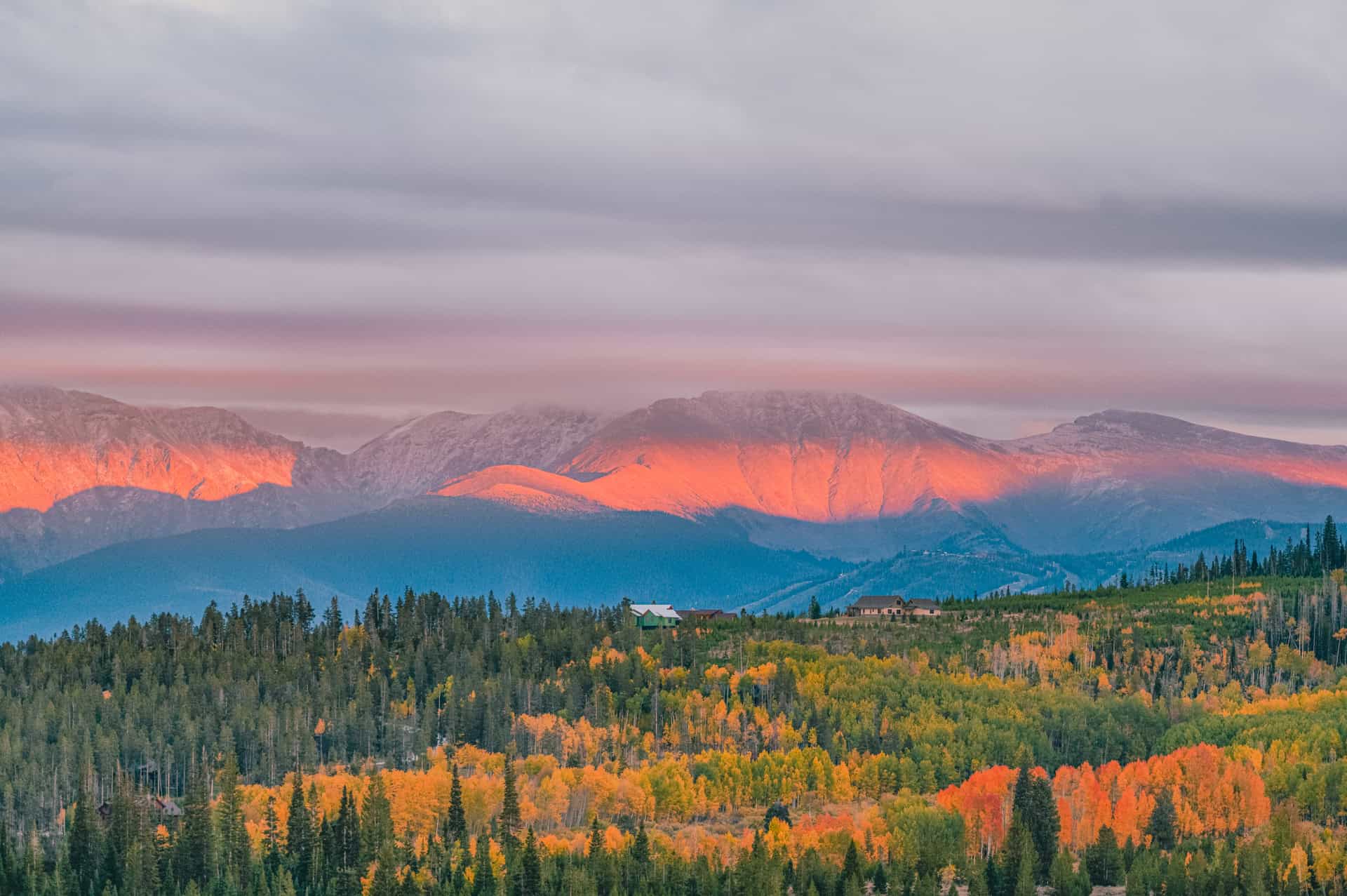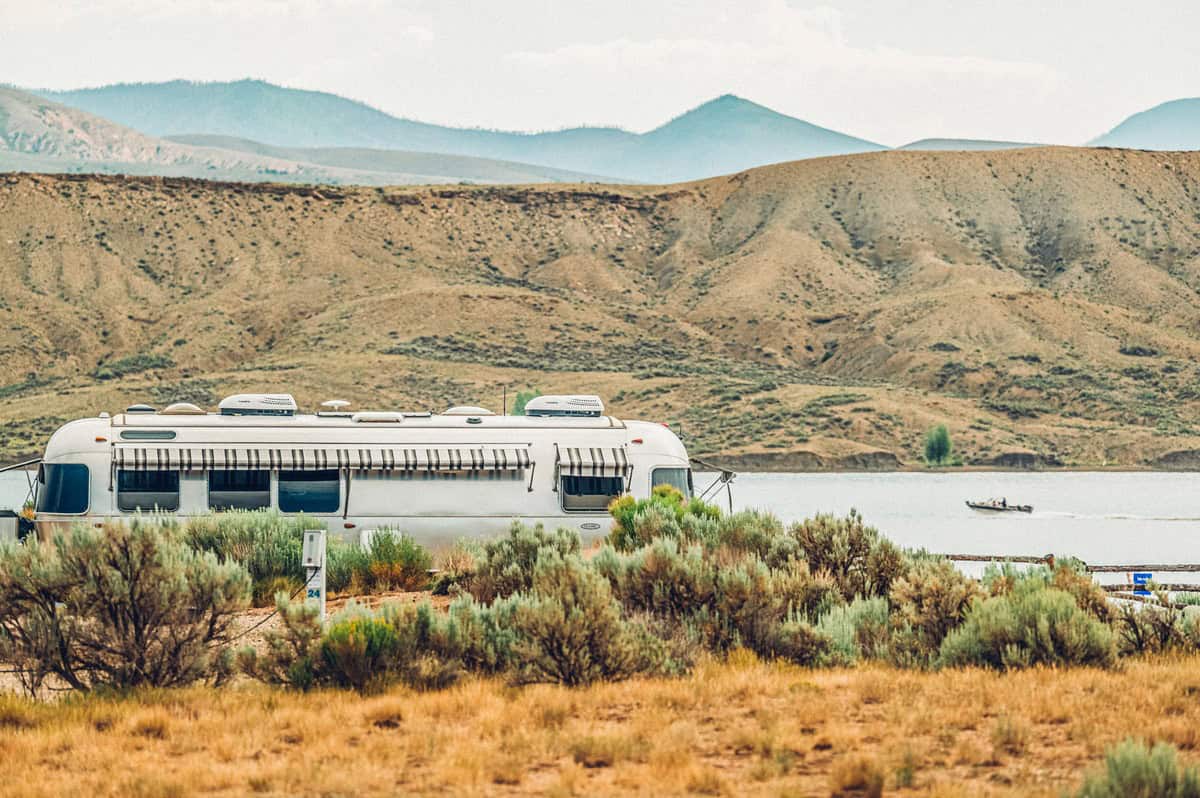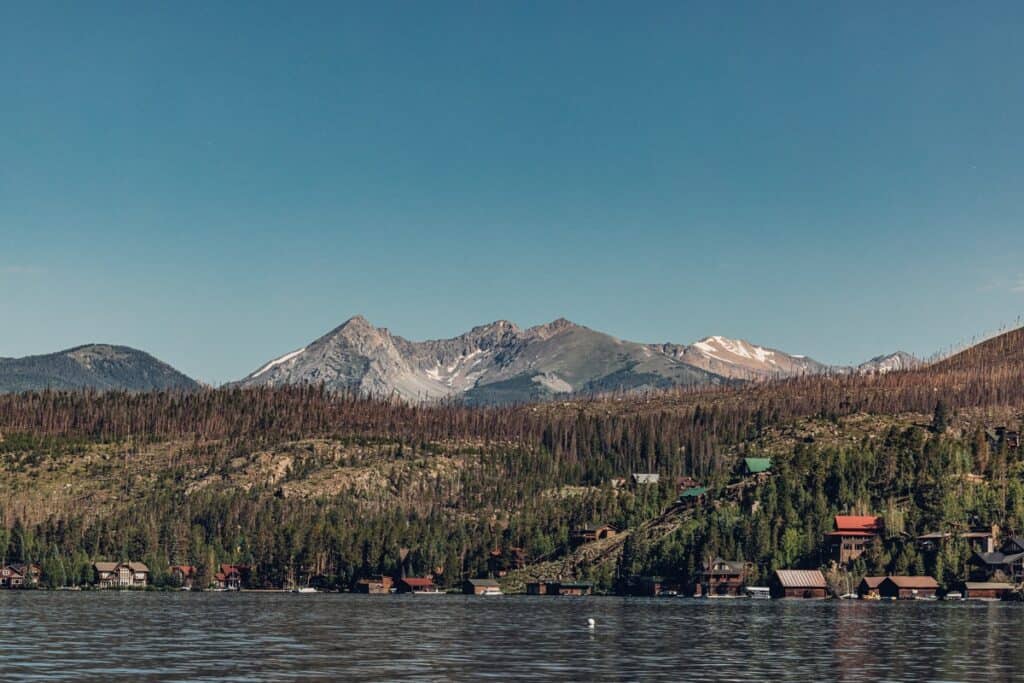Rocky Mountain National Park Stargazing

When the weather starts to cool and summer turns to fall in Grand County, many people make the trip to Rocky Mountain National Park to see golden aspen trees light up the hillsides. But late summer to early autumn is also the best time to see the Milky Way pour across the night sky in Colorado, and the national park is a prime place to do some Rocky Mountain stargazing.
Know Before You Go: Rocky Mountain National Park requires a timed-entry permit from late May to mid-October between 9 a.m. and 2 p.m. Make your reservation at Recreation.gov. Get the most up-to-date information on trails, programs and closures on the National Park Service website.
Stargazing in Rocky Mountain National Park
The lower populations and lack of light pollution near Rocky Mountain National Park — especially on the quieter west side near Grand Lake — make the Kawuneeche Valley an excellent place to see glowing planets and crisp constellations. The high elevations bring you a bit closer to those twinkling stars, so you can see further out into the skies than you would at sea level. And there are plenty of ways to gaze, whether you prefer seeing things up close through a telescope or laying out a blanket by your campsite.
Night-Sky Programs
Ranger-led programs are one of the coolest ways to stargaze in Rocky Mountain National Park. In late summer, the National Park Service holds an Astronomy Festival with special guest presenters at the Kawuneeche and Beaver Meadows visitor centers, as well as telescope-viewing activities at the East Inlet Trailhead and Fall River Visitor Center. There are also night-sky programs throughout the year, including Astronomy in the Park sessions in summer and monthly full-moon snowshoe walks in winter. Specific national park programs vary each year, so keep an eye on the programs page for the most up-to-date information. For a private overnight backpacking experience in the park, you can also get in touch with a local outfitter like Kaiyote Tours.
Know Before You Go: Avoid hiking in the park after dark without a ranger or guide. Weather in the Rockies can change suddenly and drastically, so keep a close eye on local weather reports and conditions, bring warm clothing and pack lots of water.
Trail Ridge Road
Rocky Mountain National Park is accessible after dark, and one of the best ways to see the stars is to pick a pull-off spot along Trail Ridge Road. The highest paved through road in the U.S., Trail Ridge Road rises above the treeline, presenting stargazers with clear and boundless views of the night sky. Planning an evening adventure to the park? Try to arrive before sunset so you can stop into the Kawuneeche Visitor Center (open 9 a.m. to 5 p.m.) to pick up your map, get recommendations from rangers and see a sherbet-colored sunset over the craggy peaks.
Know Before You Go: Trail Ridge Road is open seasonally, typically from late spring to early autumn. Check current Rocky Mountain National Park road statuses to see if it is drivable.

Campgrounds
There are several campgrounds in Rocky Mountain National Park, as well as designated wilderness campsites for those with proper permits. These spots offer stunning views right outside your tent door, including the evening stars sparkling above. If you’re looking for options just beyond the park, there are plenty of campgrounds in nearby Grand Lake, Granby, Kremmling and beyond. After the sun sets at your site, it’s time to turn off all headlamps and lanterns. Lay out a blanket or mat, snuggle into your sleeping bag if it’s chilly and gaze skyward to see the brilliant celestial display above on a clear night.
Know Before You Go: Rocky Mountain National Park always has at least Stage 1 fire restrictions in place. Campfires are prohibited in the park, except within designated campfire rings in picnic areas and established campgrounds. Full fire bans are common during dryer months and must be strictly followed; see Rocky Mountain's current conditions and Grand County’s current fire danger so you can plan accordingly and avoid sparking a wildfire.

Rocky Mountain Towns
Trips to the towns near Rocky Mountain National Park add so much more to your adventure, including some stellar stargazing spots. The trick is to venture beyond the downtown areas after sunset so you can escape the lights.
Grand Lake: The closest town to the western entrance of Rocky Mountain National Park is Grand Lake, home to the largest and deepest natural body of water in Colorado. Rent a cozy cabin in Grand Lake and sit out on the deck with a warm blanket and a cup of tea; or reserve your spot at Green Ridge Campground or Grand Lake / Rocky Mountain National Park KOA Journey.
Hot Sulphur Springs: What’s better than stargazing from the comfort of a steaming hot spring? Hot Sulphur Springs is Grand County’s county seat and a quiet mountain town rich with history. And Hot Sulphur Springs Resort & Spa is a crucial stop for an evening dip. After a day of hiking tree-lined trails, step into one of 22 pools and stare up at the cosmos.
Granby: Another great option for your star-studded night, Granby is the place to do some Western-style gazing. Nearby ranches like C Lazy U Ranch and Snow Mountain Ranch / YMCA of the Rockies deliver rustic stays year-round, complete with cozy s’mores roasting. And in the winter, try night skiing at Granby Ranch, where you can carve down the powdery slopes under the dark night sky.

Rocky Mountain Stargazing Tips
While you’re planning your stargazing, remember these tips:
- Check the weather forecast and plan for a clear, cloudless night.
- Dress in warm layekairs; the temps drop quickly after sunset.
- Bring a headlamp with a red light; it helps preserve your night vision.
- Pack some water and snacks, hydration keeps you feeling good at high elevations.
- Remember to Stand Grand and follow Leave No Trace principles.
Get More Grand County Trip Inspiration
Looking for more tips for your Grand County vacation? Check out these resources:
